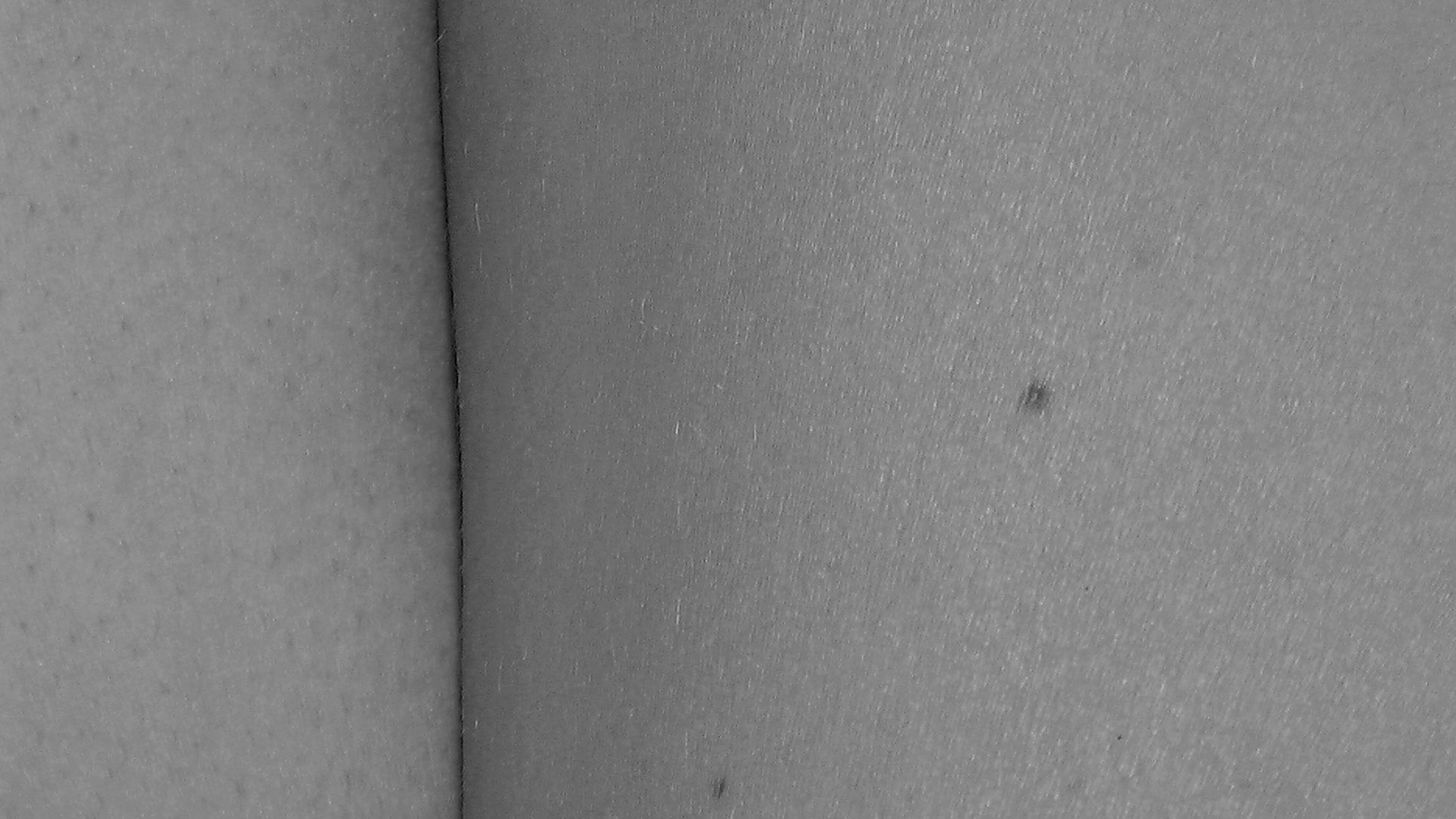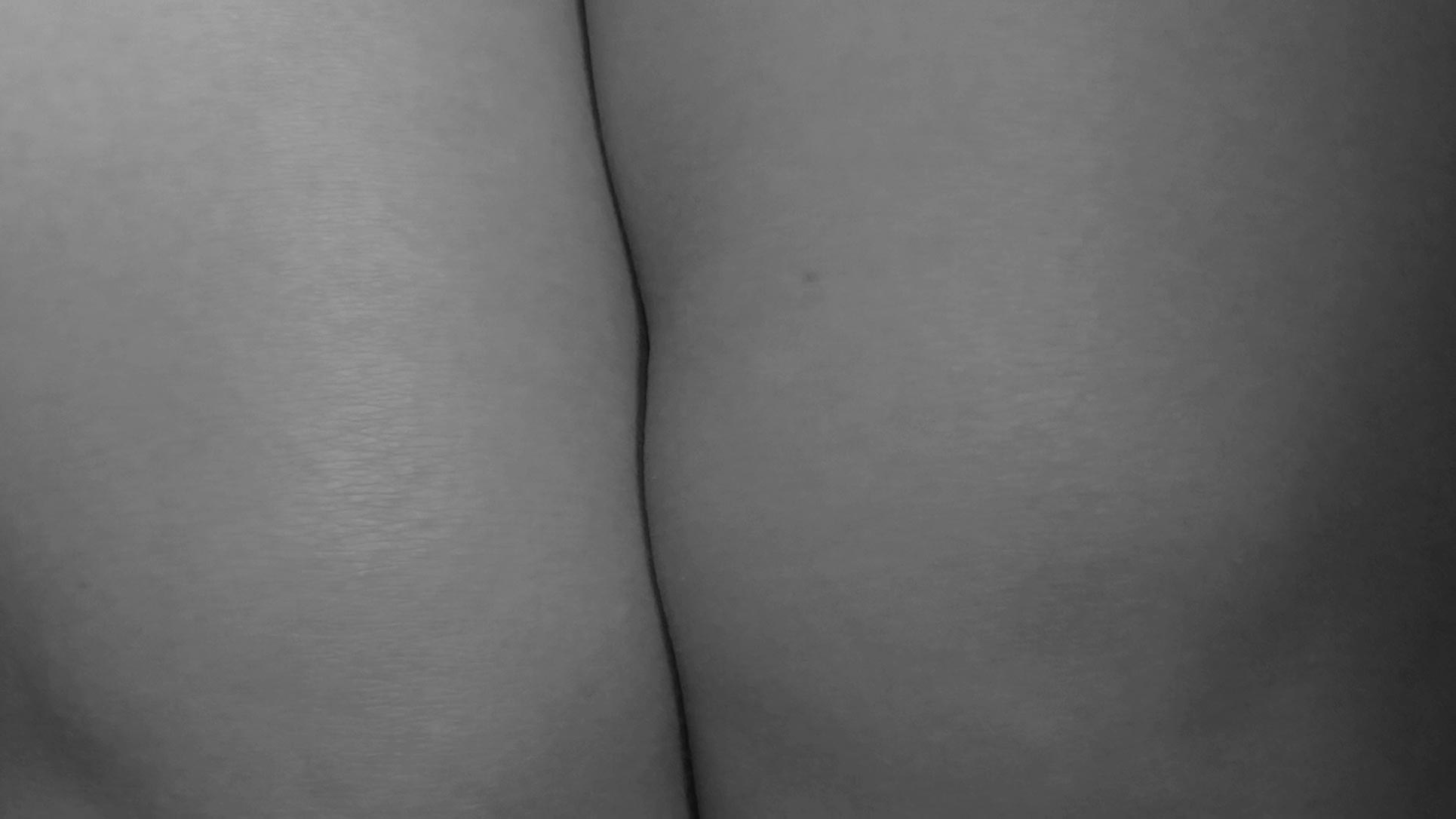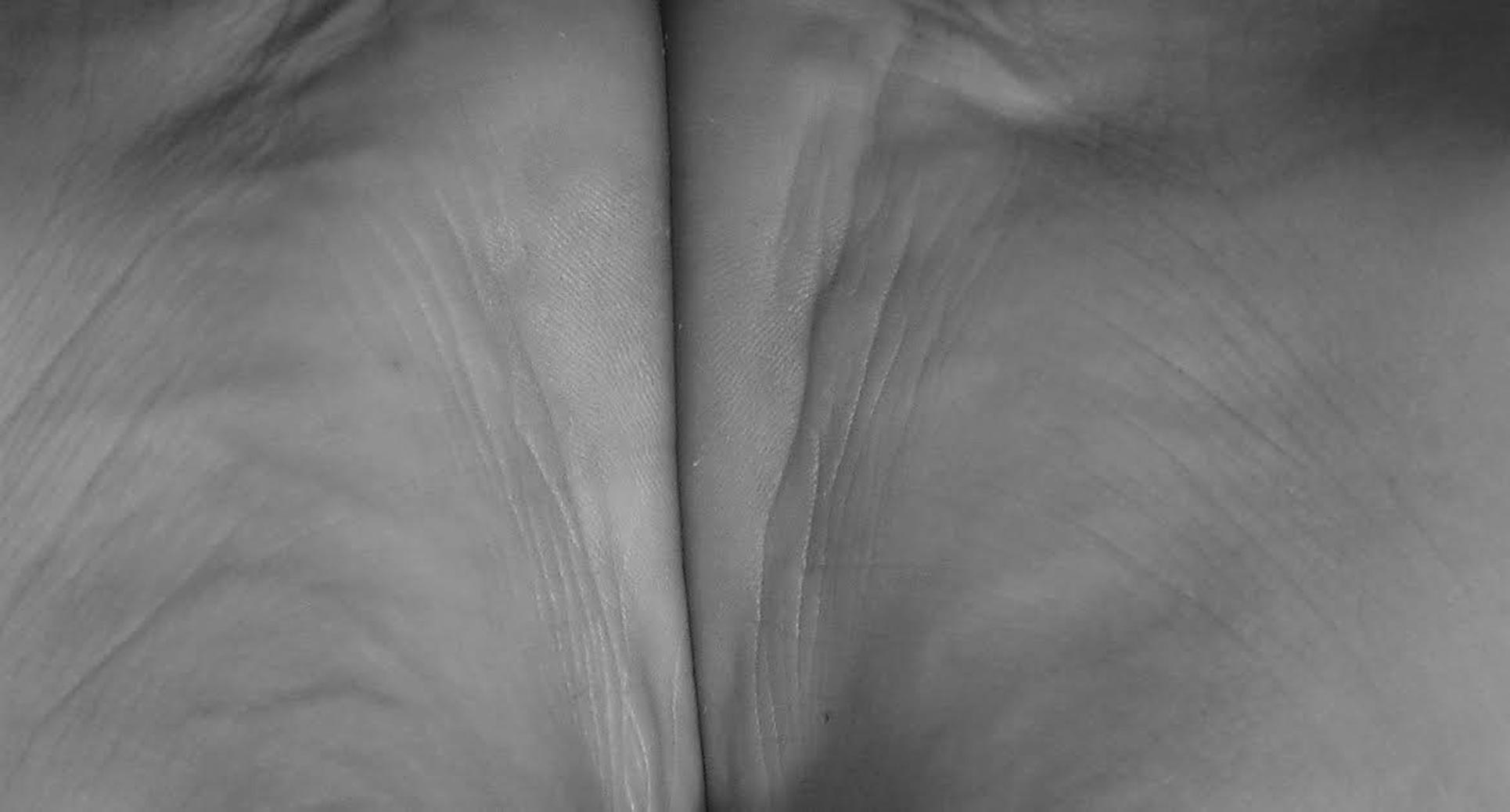Fine Demarcation Line
Young Latvian artist Dārta Sidere is studying Arts Plastiques in Rennes, but she has now headed off to Milan’s Accademia di Brera to further her education as part of the Erasmus Exchange Programme. Her video works balance on a fine line between portrayal and abstraction. Her images oscillate between a thorough absorption in substance and analytical distance, as if the artist simultaneously fears surrendering herself too much to what she finds in her path.
Troubled by curiosity, she explores what’s close to her and doesn’t at all hurry to get away, but rather lingers as long as she likes, as if she wanted to convince herself that she has thoroughly understood what she has observed. Sidere’s objective is the eye, which explores a surface with inexhaustible tenacity but never clings to it. On a more conceptual aspect, the artist works from the premises of abstract expressionism, the forerunner of minimalism; namely, the discussion here is about the direction in which painting abandoned what it initially set out to do, namely, depict real objects in a two-dimensional space. Painting got mixed up in an unprecedented adventure, where the paint was treated as a material – smeared, splashed, thrown, spread and structured like a form, in other words, like something square, rectangular, round, oval or even without form, undefinable. It bade farewell to bearing a message and retelling an event and suddenly turned to self-reflection. The painting as a window became a field of colour that suddenly moved to an unknown place, and if it found an end, it was in truth by chance, or simply because the encounter with the edge of the fabric…
Sidere attempts a similar experiment with her videos, but her colourfield actually comes alive when she “restarts” on a person’s skin, filming with a macro-lens. However, Sidere’s surfaces have lost the colour typical of skin – pink with a very light yellowish tone – and have become grey in order to distance themselves from the rather powerful associations with the sensuous, as the artist herself explains. Abstract painting provides us with a message about the corporeality of paint itself, but Sidere’s video art rather reveals its absence to us. Despite this, there’s a high level of abstraction and distance in them both, but the path to powerful emotions is also opened up. Inside and outside. Near and far. An opportunity to lose distance and to step aside immediately, to leave – courage creates fear, but intensive closeness causes an irresistible desire to flee.
The works of the young Latvian artist remind one of the avant-garde after the First World War, not just in the aspect of the viewable material but also in the sense of composition. The vertical centre line, the common denominator of the entire image, reminds one powerfully of the “zip” in Barnett Newman’s works, the perpendicular line that crosses the American artist’s field of colour – at times in the centre, but every now and then to the side. However, one needn’t search far. Let’s recall the 1950s in the Beautiful Country (Bel Paese), namely, Italy, and Lucio Fontana’s incision flashes right before our eyes in its finest form when he splits the canvas right in the centre, with a precise and coordinated movement that unwittingly reminds us of a karate chop. Synchronously with painting’s analytical trends, for example, Claude Viallat’s and Noël Dolla’s Supports / Surfaces experiments in France, Fontana headed off for searches in Italy, regarding the frame as a three-dimensional space and the painting as the fruit of the interplay of various forces that divide the displayed subject into components, taking the word “analysis”(1) quite literally.
However, another aspect of Sidere’s creative work, namely, photography, also shouldn’t be allowed to escape one’s field of vision. As if broadening the conceptual directions that explore the reality of art through the prism of the item portrayed and its corporeity, she transfers them to the genre of photography. Here too, we can draw many parallels by looking back at the history of photography. More than one grandmaster of photography has experimented with the placement of the lens in relation to the photographed object until the image has changed almost beyond recognition. But, as culture advances, a person’s eye also gradually learns. It is able to identify what’s in front of the lens even if it’s fragmented into ever smaller bits. Trailblazers in the history of photography have experimented with the ability of people’s minds to recognise an abstract object from quite negligible details revealed to the vision. Let us consider the power of the abstract form in Edward Weston’s or Alfred Stieglitz’s nudes in the 1920s or John Coplans’ nude photo in the 1980s, not to mention the more recent geometric compositions from Carla Cerati as well. The camera’s lens literally “sniffs” the skin, examining the movement of the body, focussing on every little detail. In this way the eye looses the outside contours but instead focuses on the line that divides the image field. Honestly, the first work that came to mind while looking at Sidere’s video was Yoko Ono’s Four, when the Fluxus artist filmed four naked people marching along in a fairly original sequence – their backsides filmed in close up, with the middle of the bum being located in the centre of the image.
The vertical line that is the basic principle of Sidere’s works and that is formed by the encounter of various parts of the body is a type of paradox – it shows both a joining together as well as a separation, there’s an end and there’s a beginning. Boundaries and the concept of the edge, however, can be found in the epidermis itself, which by definition is the place where our body ends and contact with the outer world begins. The first interaction with things really begins with the intermediary of touch, when the skin, which circumscribes our identity/ self, comes into contact with the other of identity/self.
Even though Sidere’s video installations examine the formal principles of art, this doesn’t mean that any content is missing. Quite the opposite, the barely moving images that appear in a geometric composition, in truth, also tell us about events I’d like to call intimate, as the artist touches her own body with the video camera in close-up. As a consequence, without any doubt – the geometric composition or the single-colouredness does not alter anything – we find ourselves in front of the video artist’s self-portrait. The reasons why she focuses on herself are many; such a portrait of another person could affect him or her, he or she could experience this as interference in an intimate area. In brief, the precondition for such a close portrayal is a very close relationship. Here we can observe not a dialogue with a world existing outside of identity/self but rather the artist’s self-examination, questioning herself, attempting to clarify her own boundaries and limits in relation to the world and things in it; this is a dialogue with her own skin. Objective form and subjective concreteness, distance and intimacy, the rational and the emotional – these are separated by a fine demarcation line, and these contrasts, in essence, coexist and stand side by side in peace, like two sides of a medal.
The titles of the videos, which have been purposely left black and white to “cool” these works down, removing the representational aspect from them, engage in subtle word games (in French), varying the main theme, namely, the meeting of two bodily fragments. This is how we find Appuiement, which means the leaning of one element against another, but Battement (beating, throbbing) is when the parts clash with each other directly. Dégagement can be read as liberation, Rapprochement is the getting close of both parts, but Prolongement creates one fragment’s continuation or transition to another. In this way Sidere succeeds in returning to everyday language and divert those words to principles that describe a possible meeting between two elements of a body; due to the nature of the things, every such meeting simultaneously and always also means a cracking or, stated more precisely, a breach, a small abyss.
The video fragments by this Latvian artist from Riga radiate a Zen-Buddhist-like peace, which testifies to great patience, showing that the person knows how to wait. They witness of a mature thought of someone who is characterized by a strong and sharp ability of observation of what life provides and who prefers to watch rather than to judge. Even if Darta Sidere seems to be quiet and shy, definitely she shows “a one step ahead”.
Barbara Fässler
(1) From the Greek analysis ‘breaking-up, loosening’. – Translator’s note.


